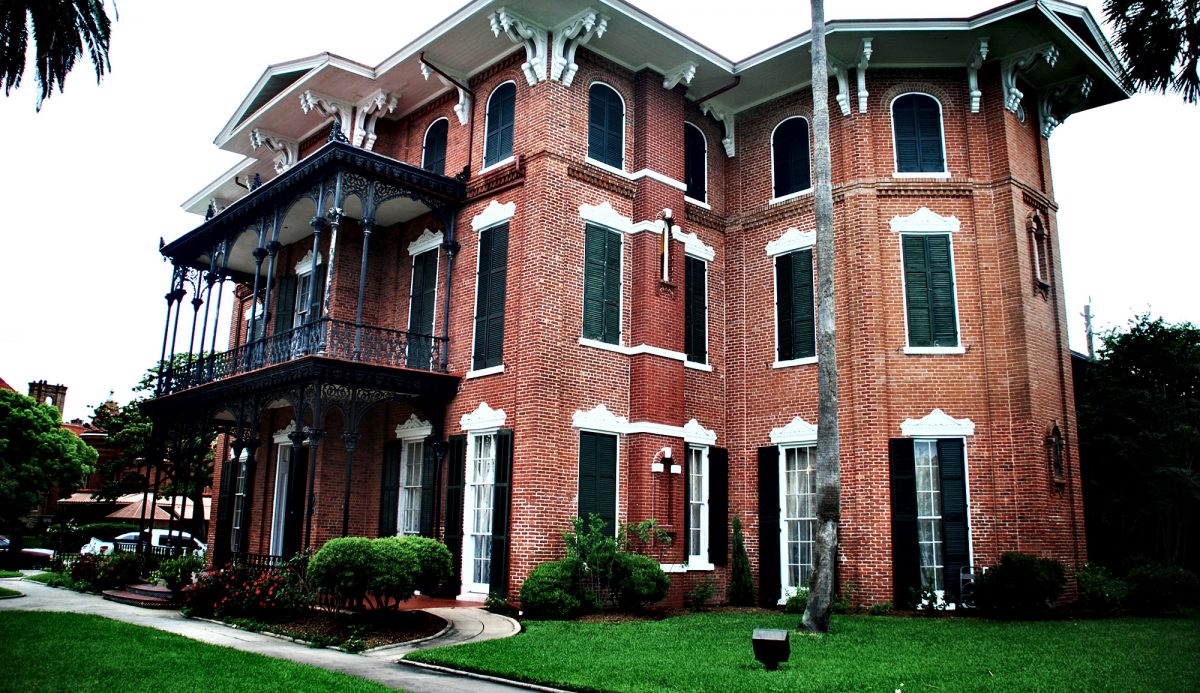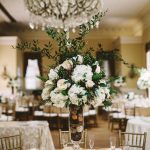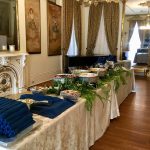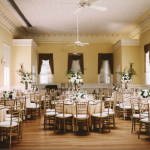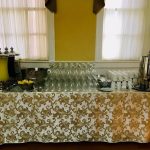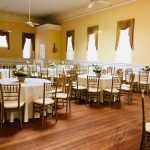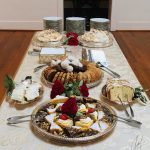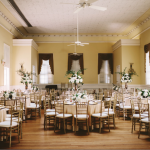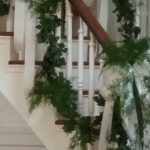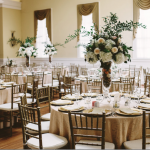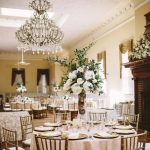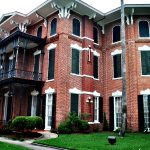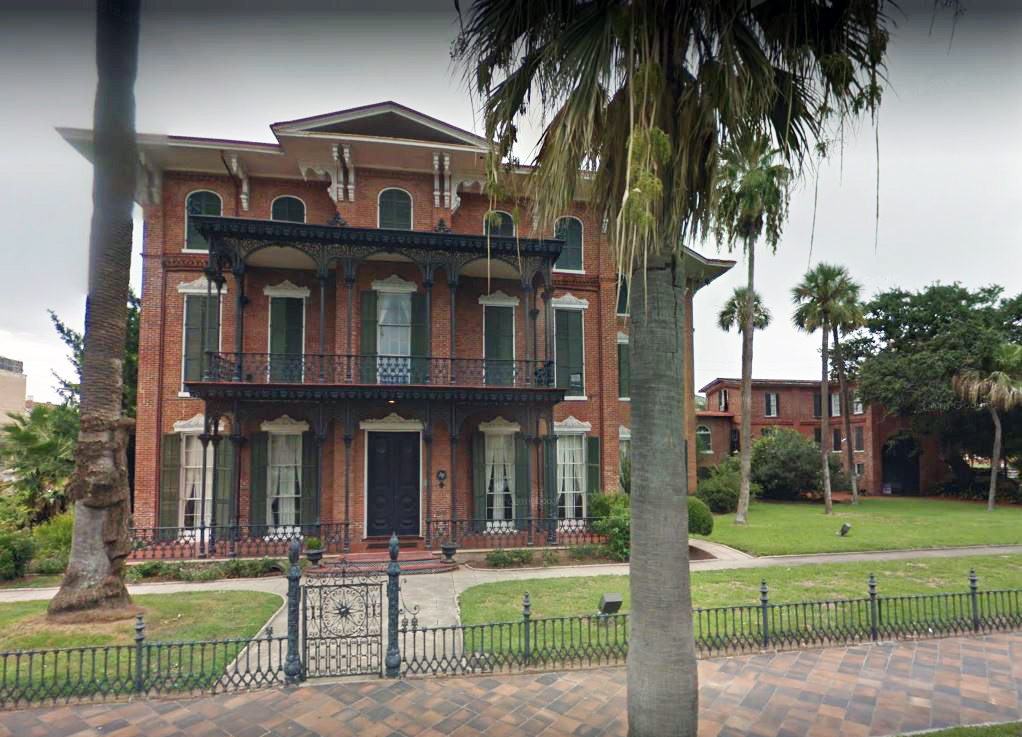
Built by James M. Brown, in 1859, Ashton Villa was the first of many. Not only was it the first house to ever be built on Broadway Boulevard, but it was also the first mansion to be built on the island and one of the first private brick residences in Galveston.
Mr Brown came to Galveston in 1843. At that time, Galveston was the only natural deep water port on the Gulf of Mexico and a very prosperous town, for her time. All construction materials were being shipped in, used as ballast, and offloaded at the harbour. Mr Brown saw an opportunity and opened the first hardware store on the island in 1847. By 1859, he was the third wealthiest man in Galveston and the fifth wealthiest man in Texas.
Construction of the house began in 1858. It was a gift for his wife, Rebecca Ashton Stoddard. The family moved into the home on New Year’s Eve day, 1859.
They had three children at the time; John, Moreau and Betty. Two more children, Charles and Matilda, were born in the house. The five children raised by James Brown and his wife Rebecca Ashton Stoddart Brown were John Stoddart (1848), Moreau Roberts (1853), Rebecca Ashton, known as Bettie (1855), Charles Rhodes (1862) and Mathilda Ella (1865).
Mr. Brown was born in New York State on September 22, 1821. He was the youngest of 16 children. After running away from home, he was apprenticed to a brick mason. He left New York around 1838, arriving in Galveston sometime in the mid-1840s. In Galveston, he opened a hardware business and became quite prosperous. By the mid-1850’s he must have been deciding to build a more substantial house than the one he was living in on Market St. In 1855 he purchased a slave named Alek, who was a brick mason. In 1858, Brown purchased the lots on Broadway for $4,000. The house building began. The house that Brown chose was similar to that found in an architectural pattern book that was published in 1851 by Samuel Sloan, a Philadelphia architect. The design was that of an Italianate villa, with wide overhanging eaves and ornate cornice brackets. Brown changed some elements of Sloan’s design, but kept the basic square symmetrical shape, departing most in the addition of the dramatic wrought iron veranda. The veranda probably came from the firm of Perot and Wood of Philadelphia, who supplied the fence and gate.
Ashton Villa is an Italianate villa, with wide overhanging eaves and ornate cornice brackets. It was built with a coal-burning fireplace in every room and a coal-burning furnace in the above ground basement. Gas chandeliers lit each room. Marble sinks separate the bedrooms and the second floor has two indoor restrooms. The water was supplied by copper and cypress cisterns mounted on the back of the house. Gravity pulled rainwater into the pipes with the excess being piped into Mrs Brown’s rose gardens. Ceilings on the first floor are fourteen feet, on the second: twelve and on the third, ten. The daughters, Betty and Matilda, lived on the second floor with their parents. The sons, John, Moreau and Charles, lived on the third floor, with their grandparents, Rebecca’s parents.
During her time, Ashton Villa was a centre of social activity. The family was best known for their New Year’s Ball. A red carpet would be rolled out to Broadway so that as ladies exited their carriages the trains of their dresses would not be soiled by the dirt and oyster shale that paved Broadway during that time. In 1880, President Grant visited the island and called upon the Brown family. He enjoyed brandy and cigars with Mr Brown in the Gold Room. Ashton Villa is the only private home President Grant visited while in Galveston.
On September 8, 1900, a hurricane hit the island that changed her course of history. Six to eight thousand people lost their lives that night, and the Great Storm is still the worst natural disaster our country has ever experienced. Ashton Villa survived the storm with only water damage. The family and close friends stayed on the second floor and rode out the storm. The water eventually reached the tenth step of the grand staircase. During the grade raising of the island that followed the Great Storm, three feet of fill had to be pumped in to even Ashton Villa’s grade with the rest of the island. Only the women were living in the house at the time, as Mr Brown had passed away on Christmas day of 1895, and the boys had all married and set up their own households. The women opted to have the above ground basement filled in, rather than raise the house. The tops of the basement windows can still be seen behind the front flowerbeds. In another effort to save money, they only removed the gates of the front fence and allowed half of the fence to be buried. The gates were then replaced so that they maintained their function.
Ashton Villa was saved from demolition in 1970. Galveston Historical Foundation took charge of restoring the house, and after four years of work and research, it was opened to the public in 1974. Although it retains only a few pieces of original furnishings, her architectural details are still intact, as well as many of the paintings executed by Mr Brown’s daughter, Betty.
Ashton Villa is an exceptional house by any standard. Her survival and preservation are no less exceptional. Ashton Villa is no longer available for tours. The residence now serves as a Visitor Center for the Galveston Park Board.
Ashton Villa history provided by Author Jami Durham
Meeting Space
- 250 for stand up
- 200 for seated
1859 Ashton Villa
2328 Broadway
Galveston, TX 77550
Phone: (409)765-7834
